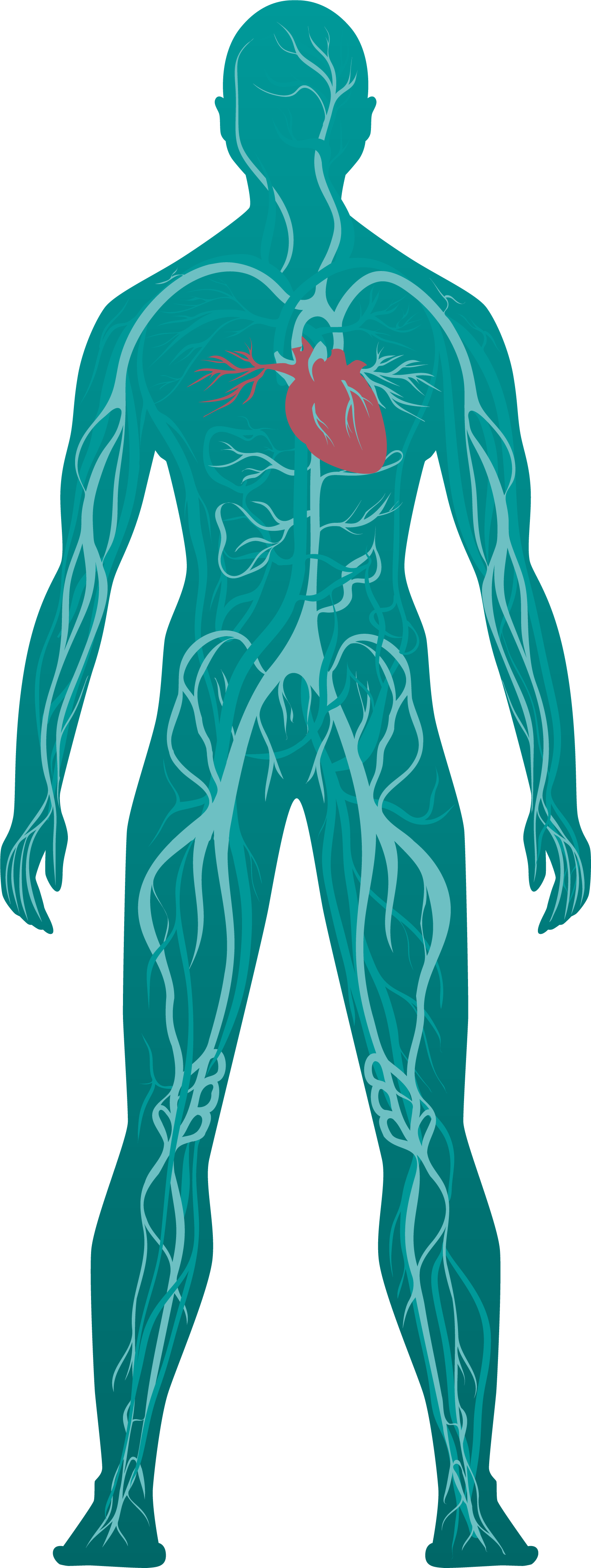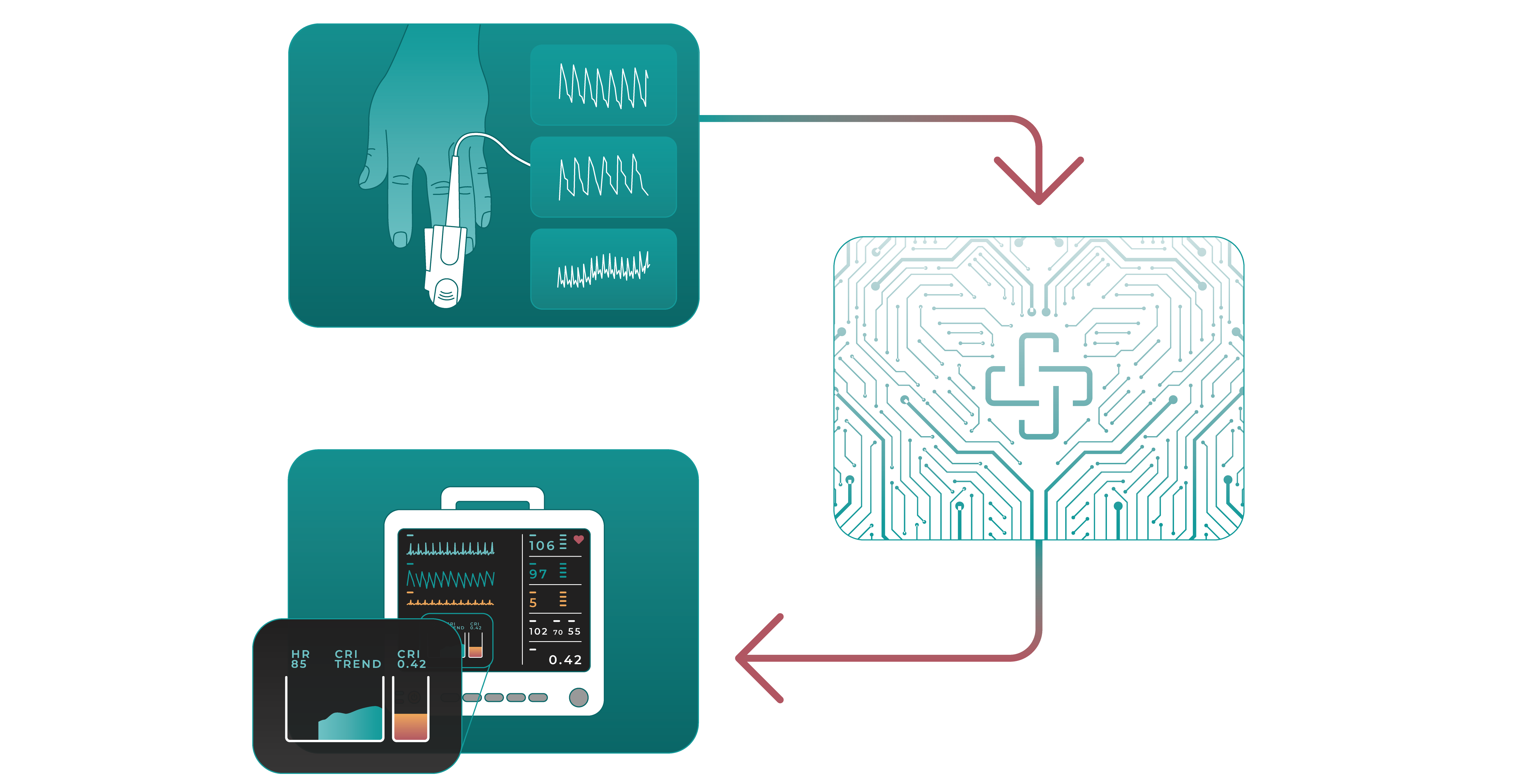
Hemorrhage detection and fluid management

Hemorrhage detection and fluid management

The Human Compensatory Reserve Mechanism
BLOOD LOSS COMPENSATION
If the human body suffers blood loss for whatever reason, it has an ability to compensate to maintain tissue oxygen perfusion for a period of time with:
Vasoconstriction
Increased Cardiac Contractility
Reduced urine output
Increase in Heart Rate
Increase in respiratory rate
Compensatory mechanisms are eventually overwhelmed leading to hypotension, loss of consciousness and death
The Problem
Compensatory Mechanism
Due to this “Compensatory Mechanism” traditional vital signs can remain unaffected for a period of time, thereby masking the underlying deterioration.

- Vital signs can remain unaffected even with a 25% intravascular volume loss
- If unrecognized, volume loss can lead to sudden decompensation and rapid collapse
- Individuals can have differing levels of compensatory reserve
- Over 20% of trauma patients with “normal” vital signs during compensation phase, end up requiring life-saving intervention
- Time matters – Every minute of delayed transfusion increases chance of mortality by 5% ¹
- Resuscitation is more complex, less effective
- Risks include hypotension, end organ damage and death
¹ Meyer DE, et al. J Trauma Acute Surg. 2017;83(1):19-24
What is Compensatory Reserve Index (CRI)?
THE SOLUTION
- CRI is a measure of the human bodies compensatory reserve mechanism, that occurs during circulatory blood loss due to hemorrhage
- Unlike traditional vital signs such as HR, BP and Sp02 which may have differing normal values, CRI reflects an individuals physiological tolerance/response to hemorrhage
VIEW SIMULATION

What is Hemodex?
NEW INSIGHT, WITHOUT MORE DEVICES
Hemodex is our CRI machine learning software package, developed and validated with Lower body negative pressure (LBNP) chamber human studies, that simulate progressive human loss of central blood volume from normovolemia to decompensation.
CRI is a better indicator of physiological deterioration than any legacy vital sign or lab test
In trauma patients and controlled blood loss studies CRI is a
more sensitive indicator of blood loss than BP, SpO2, HR, base deficit, Hb/Hct and shock index ¹ ²
CRI and lactate have similar abilities to predict hemorrhage,
but CRI is instantly and continuously available,
while lactate values are delayed by lab processing times (~44 min)3
CRI reflects individual patient response to hypovolemia from hemorrhage, passive heat stress and exercise, trending to the point of decompensation (SBP < 80 mmHg) ⁴
1. Nadler et al, 2014; Stewart et al, 2014; Convertino et al, 2015. 2. Stewart et al, 2016; Johnson et al, 2018. 3. Johnson et al, 2017. 4. Moulton et al, 2017.
Potential Applications
PERI-OPERATIVE
Clinical fluid management during and after surgery
MATERNITY/PPH
Detection and management of post partum hemorrhage
ER
Hemorrhage detection and surgery triage
TRAUMA/MILITARY
Warfighter hemorrhage detection and evac triage
PARAMEDIC
Hemorrhage detection and fluid management
CRITICAL CARE
Clinical fluid management in critically ill patients






